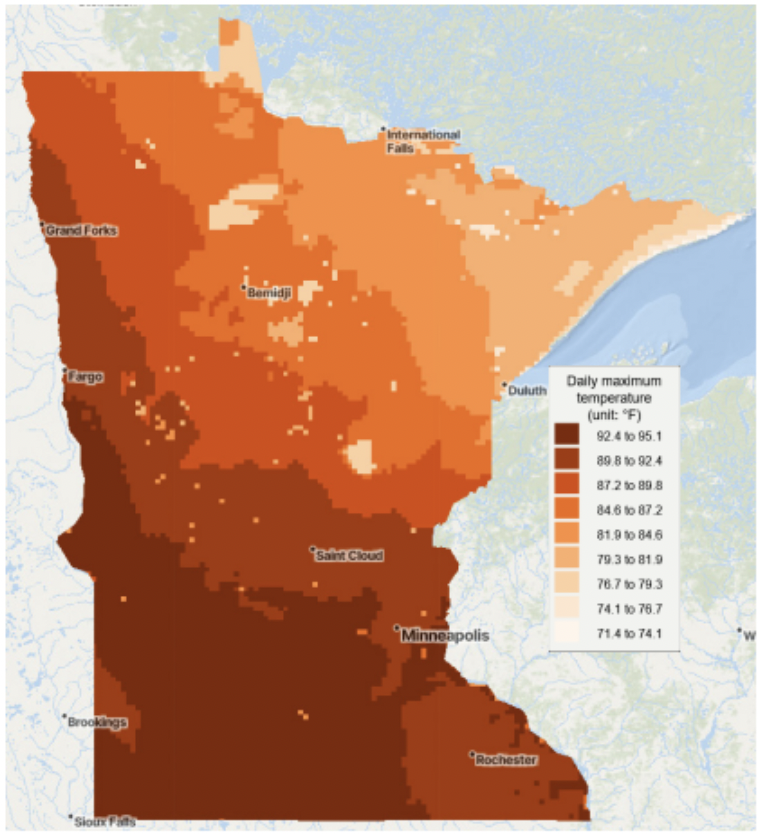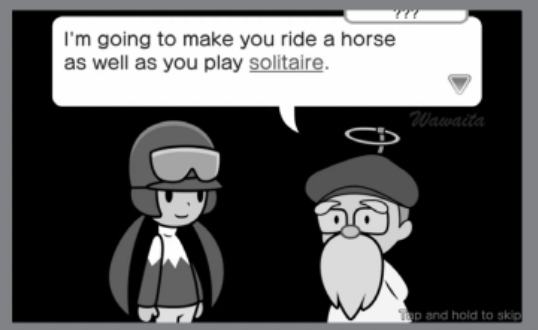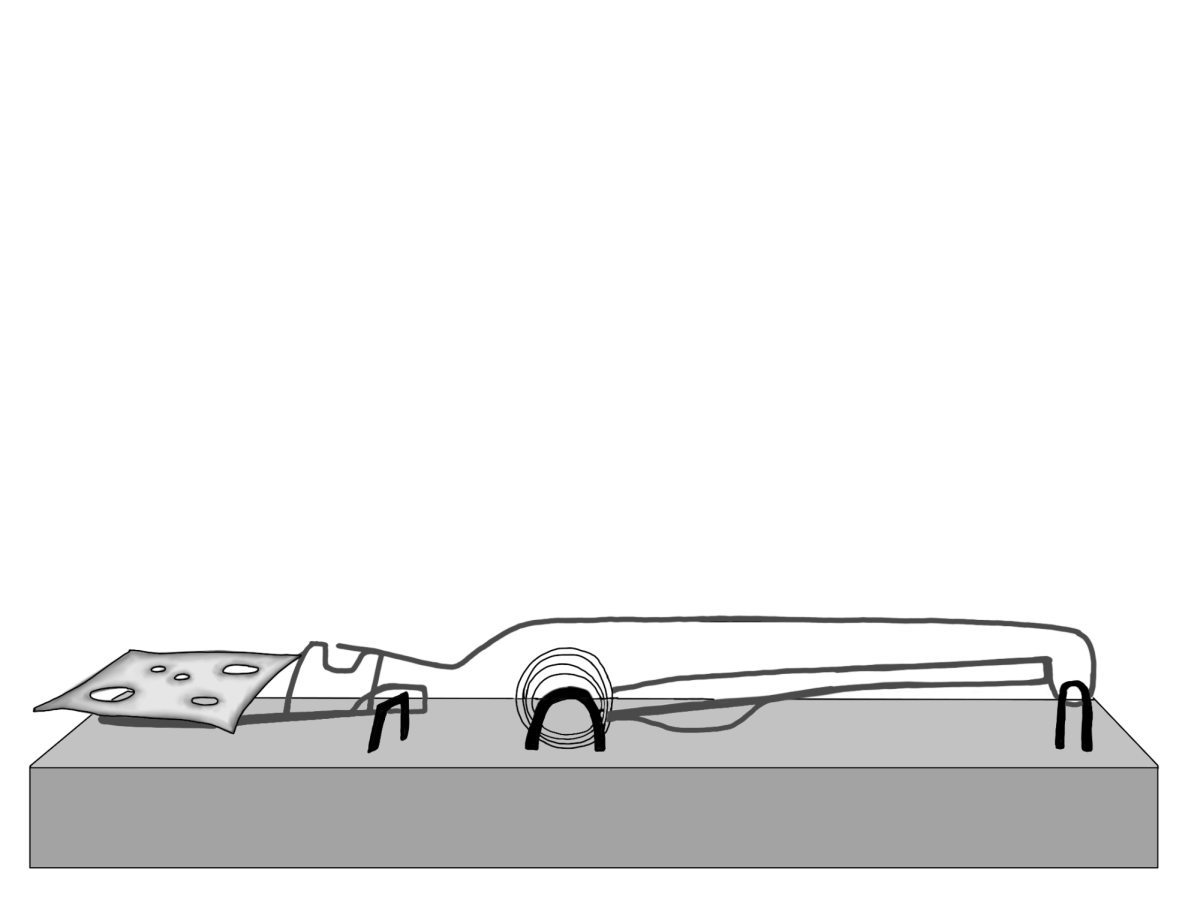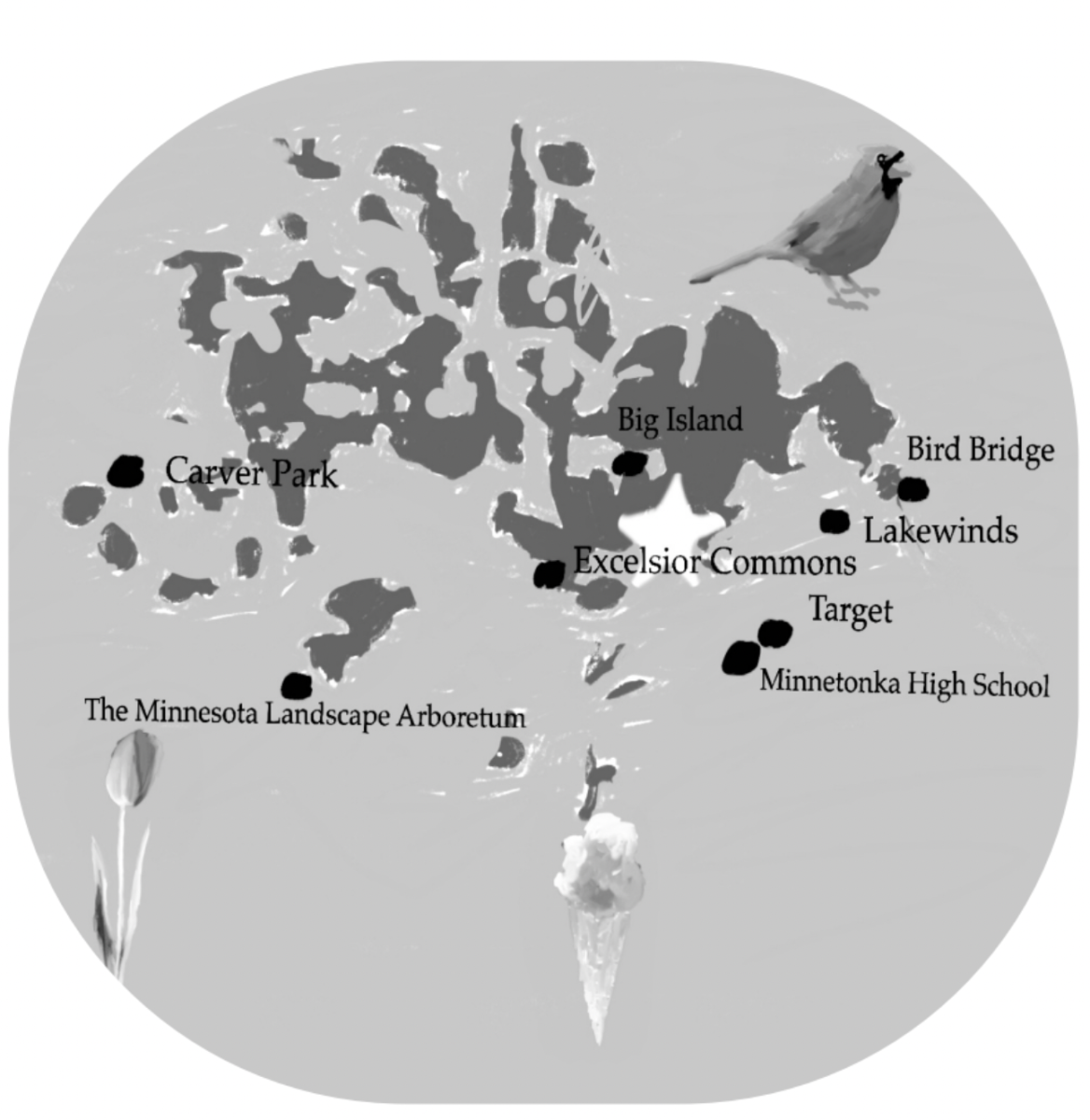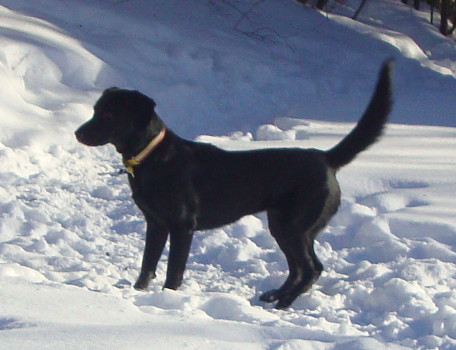Winter means skiing, ice-skating,
curling up on the couch to watch movies
for humans—and, more often than not, excruciating
boredom for dogs. If your dog
gains weight, misbehaves, or mysteriously
gets sick in the winter, read on to find the
cure.
The Walk
Unless you have the most laidback
of dogs, your dog absolutely needs a
walk every day the temperature
(including the wind chill)
stays above zero. If
your dog is
jumping on
you, destroying
things,
gaining
weight, not
eating
enough food,
or misbehaving,
you know
that he is in desperate
need of daily walks.
Walks are not just exercise,
so fetch and playing with other dogs
are not substitutes. Walking also provides
dogs with structure and exercise. By leading
your dog on a walk, you are fulfilling
his pack instinct and putting yourself in
charge. Keep the leash short—your dog
should walk right next to you, never in
front. Many people believe that by using
extendable leashes and letting their dogs
roam while walking, they are giving them
“freedom.” In reality, they are letting their
dogs control them. There’s definitely a time
for letting your dog run—the Minnetonka
area has several off-leash parks—but during
the walk, your dog should stay by your
side.
Thirty to forty-five minutes is an
ideal length for most walks, but your dog
will thank you for anything you can fit in.
If you only have fifteen or twenty minutes
to spare and a crazy-energetic dog at home,
invest in a backpack for him to make the
short walk a more efficient way to manage
energy. Ruff Wear and Granite Gear make
some of the better packs—you can find
them at REI, a great outdoors store in
Bloomington. Your dog can comfortably
carry 10-20% of his weight. I like to put
water bottles in the packs, as it weighs
them down easily. Having them
carry their own tennis
balls/Frisbees is always
a great use
for the packs,
too. It has
helped
many of
the dogs I
work with
manage
their energy.
Cold Feet
Ice-paw is a
common affliction with a
very cute solution: dog boots. Ruff
Wear (found at REI and online) makes the
best dog boots I’ve seen. They’re expensive,
but you will save money by investing
in a set of boots that stays on, rather than
replacing the cheap ones every time one
gets lost in the snow. Boots guard against
another wintry threat to dogs: road salt,
which can be poisinous for your dog if you
let him go unprotected. If your dog doesn’t
wear boots outside, make sure you wash
his feet before letting him lick them.
Common Sense
Go places with your dog. Scale
snowdrifts. Race down the sledding hill.
Have fun. And don’t wait up for spring






